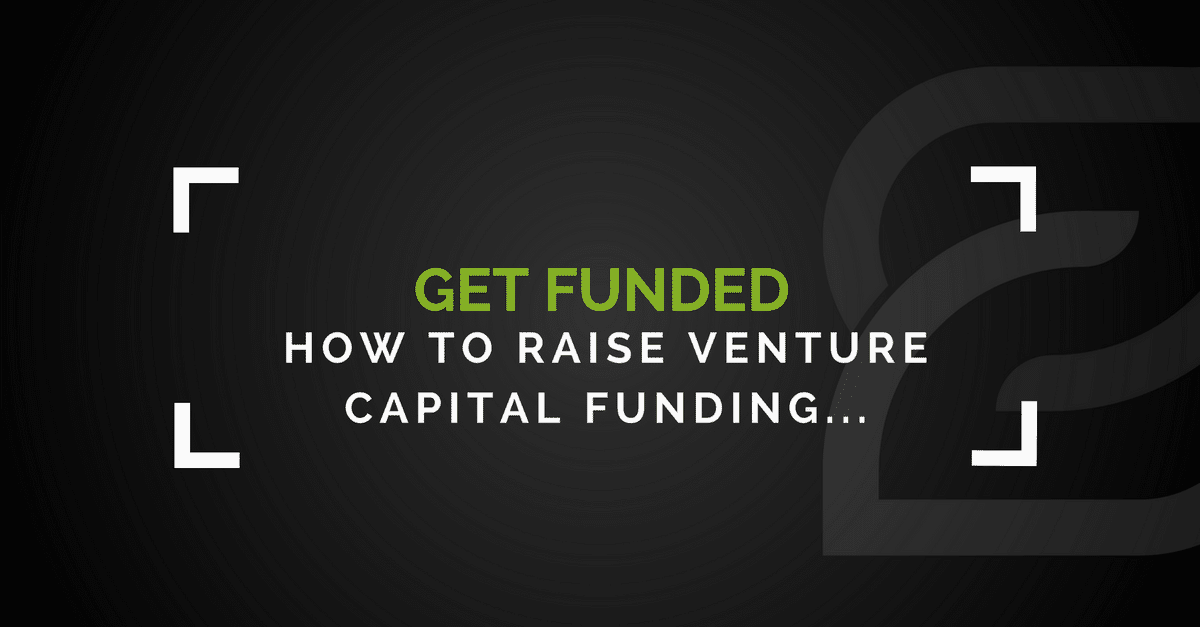How To Raise Venture Capital Funding

You start thinking of outside funding. If you have zeroed in and joined the bandwagon of millions seeking Venture Capital funding (VC), you need to distinguish yourself and stand out.
It’s easy to talk about VC funding, but not so easy get funded. Don’t worry, here’s three simple steps you need to follow:
Step 1: The Rehearsal (Before you approach the VC for funding)
Answer this question, with a brutally honest answer: How much capital do you really need? While calculating the capital needed, bear in mind the following:
- Use the bottom up approach. Account for all overhead and find the amount that you need to run your business for 1-2 years. Aiming at the usual amounts being dispensed by VC’s is not the right way.
- Provide for all operating costs, including your salary.
- Give provision for a long break-even period.
- The cost and time may be double your expectation, so calculate accordingly. Be conservative and be prepared to face the worst case scenario.
Then ask yourself, what stage of capital should you be targeting for VC funding. Then ask yourself - what sector is the VC investing in? Once you’ve got these fundamental questions out of the way, think about the following:
The Business Plan
Planning is the first step to any action. VC funding adventure doesn’t stand an exception. Create a roadmap or a business plan. Different VCs have different opinions on this. According to some leading venture capitalists, a well-developed plan tells you the extent to which you are prepared. It also gives an impression that you have gone through the idea carefully and meticulously.
Idea vs. Execution
Your pitching with the VC will be more effective and simpler if you’ve bootstrapped, at least in a small way. This is not just for a start-up; it even applies to growth companies when you have a new idea / planned a new product. This tells the VC that you are a doer, and that separates you from the talkers.
The Elevator Pitch
The stage is set. It is now up to you to pull your act together. Prepare to present your idea to the VC in a way that makes the VC want to partner with you. Your presentation should be short and crisp. Be prepared to answer the following questions...
- Why do you want to raise money? It should clearly state the purpose of VC funding.
- Why should the VC give you money? Think from the VC point of view and explain how this is going to be feasible for the VC (exit plan).
- What makes your product or service different from that of your competitors? Explain that your product is not just another me-too product.
- What is stopping your company from doing what you are proposing? Clearly outline the progress you have made to date. It should be that you are doing your best and require the support of VC to take it to a larger level.
Step 2: The Act (The Art of Presenting…)
Ok, now you’re ready to pitch… woah, hold your horses. It’s time to practice your pitch before you even pitch. If you’d like more tips on this, check out this post.
At some point, you’ll have to address this. What is valuation? In simple terms, it is the price at which the VC is willing to invest in your company. The amount he invests would be directly proportional to the control he would gain in your company.
Step 3: The Fans (Dealing with fans and failures)
Timing & Luck
It’s all about being in the right place at the right time. You need to target the right firm and the exact partner with knowledge in the market of your choice. Each VC is different and has a liking for a certain style of pitching. It is imperative that you get as much information as possible about the VC before you pitch and adjust your style accordingly. If you are unable to collect information about the VC, take cues from early in the presentation and change.
Follow Up
Unfortunately, entrepreneurs fail to follow-up most of the time, usually send a single mail to an investor and that’s it. VCs too are notoriously famous for not responding, though they can’t be blamed entirely. They look at hundreds of pitches to say YES to one investment. So, if you are going to send just one email and wait for a response, then you are not worth their money. As they say, fortune is in the follow up. It is important to send regular updates on the progress of your business to the VC.
Term Sheet - And The Answer Is…
You just received the “Term Sheet.” Yes! That’s proof enough that the venture capitalists are interested, and you have achieved a significant milestone. A “term sheet” is a letter of intent that outlines the terms on which the VC is willing to invest. But before you get carried away, wait, stop, and pause. The real deal has just begun. This is the beginning of the end…
So, what do you do if the answer is NO? Stay calm; you are not the first person to be rejected, and the one to whom you presented is not the only VC.

Member discussion